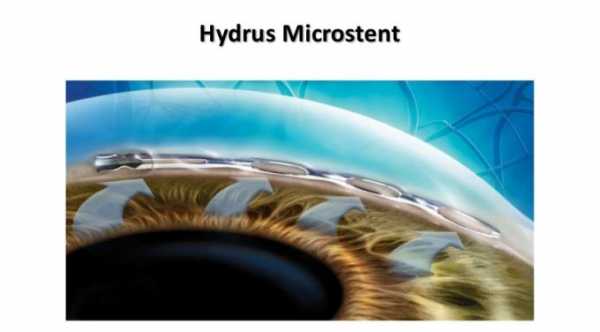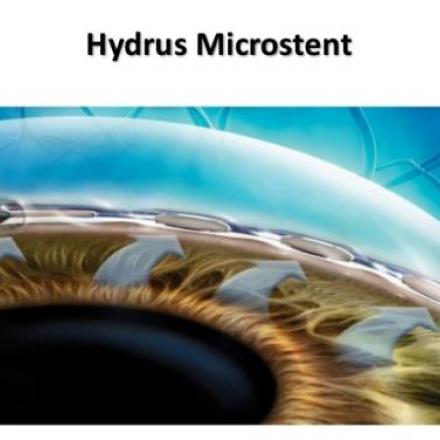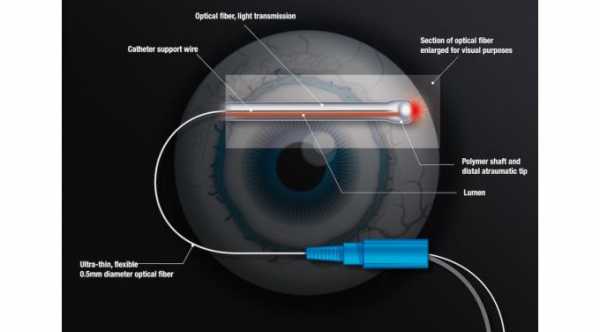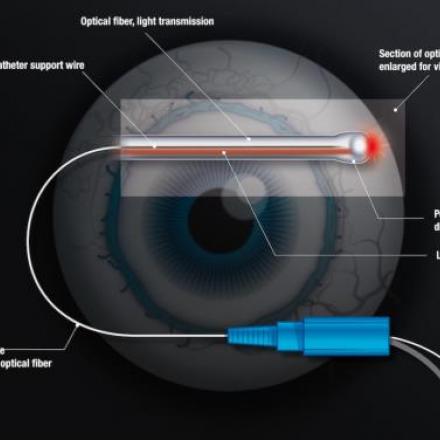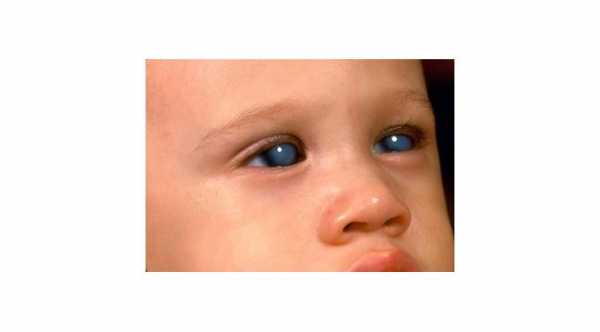
Congenital Glaucoma
The incidence of congenital glaucoma is 1 of 12,500 births. It is bilateral in two third of the patients;two third of these patients are male and about 10% of this type of glaucoma is familial. More than 80% of the cases presented with in the first year of life.
Classification of Congenital Glaucoma
There are two forms of it, either primary or secondary.
1- Primary Form
There is abnormal development of the angle or anterior segment dysgenesis with resistance to aqueous drainage and it is not associated with other ocular or systemic abnormalities. This form is the most common one.
It can be divided into congenital( which is presented at birth), infantile (between 1-2 years)and juvenile( at 2-16 years).
2- Secondary Form
In this form there are ocular and systemic abnormalities which will affect the intraocular pressure causing it to be high.
Symptoms of Congenital Glaucoma
1- White or Cloudy cornea.
2- Photophobia or light sensitivity.
3- Blepharospasm.
4- Excessive tearing.
5- Enlargement of cornea or megalocornea. The eye during child hood is more elastic than those in adult and with high intraocular pressure the eye will enlarge especially the cornea. This enlargement can be reversible if the Intraocular pressure is controlled early.
Signs of Congenital Glaucoma
1- Enlargement of the eye which is called buphthalmos.
2- Myopic refractive error due to high axial length.
3- Cloudy cornea.
4- Enlarged corneal diameter or megalocornea.
5- Breaks in the descement membrane which is the inner layer of the cornea. These breaks are called haab's striae.
6- High Intra-ocular pressure.
7- Optic disc cupping.
Diagnosis of Congenital Glaucoma
Diagnosis this type of glaucoma can be done by full history with signs and symptoms and examination under anesthesia to detect intraocular galucoma,to examine the angle with gonioscope, to detect refractive errors with the use of retinoscope and to measure corneal diameter.
Treatments of Congenital Glaucoma
Treatment can be by using medications but most of the time it ended up with surgery. Types of surgeries are goniotomy, trabeculectomy and using of drainage tubes.
The type of surgery that we can use will depend of the age of the child, the type and severity of glaucoma. Read more about Glaucoma Surgeries.
Glaucoma surgery can be very effective in controlling the Intraocular pressure and the child can maintain a normal or near normal visual acuity if it is done early with long term care and follow-up with the ophthalmologist.



